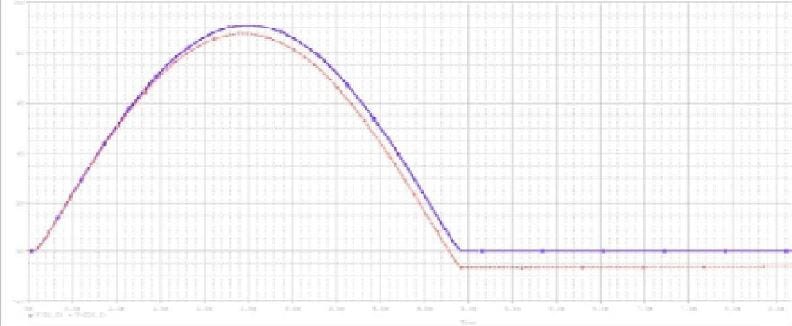As you can imagine, within large projects or engineering activities, choosing the correct tool may have serious implications on the results of your measurements. The information below will help you to choose the correct accelerometer sensor which is most appropriate for their requirements.
In general, there are two main types of accelerometers:
Designed for dynamic measurements, these accelerometers are ideal for measuring vibration and shock. They typically have a high-pass filter that removes DC components.
Can measure both static and dynamic acceleration. These are essential when you need to measure tilt, orientation, or sustained acceleration forces.
An AC response accelerometer measures that the output of the AC-coupled. Essentially this removes an AC-coupled device cannot be used to fully measure static acceleration such as gravity and constant centrifugal acceleration meaning that it is only suitable for measuring dynamic events.
As well as dynamic acceleration, DC response accelerometers that this can respond down to zero hertz (Hz). This ultimately means that it can be used to measure static acceleration. It is important to note however that measuring static acceleration is not the only advantage a DC-response accelerometer should be selected.
If in doubt, speak to a member of our team today.
Engineers and technicians often need to know the knowledge of displacement, velocity and most importantly acceleration. These three elements help engineers pick the correct measuring device. For example, the key variables that can be measured are the velocity and displacement can be key variables that are calculated from the output of acceleration, the signal from the accelerometer is not only important by directly integrated respectively in both analog and digital domains.
This is where an AC response accelerometer may not often come into due to the output of this device never being able to track the areas of the real world since they lack to the intrinsic limitation imposed by the AC time constant. Here's a quick picture to illustrate the problem:

Acceleration vs Time showing the relationship between AC and DC response
At the end of the half-wave pulse it's important to note that the output of the AC-coupled accelerometer will produce an undershoot (more commonly known as an offset) for the very same reason. The net forcing due to the graph above ignores the output of the device following a long duration half-sine input.
This example is a commonly occurring trouble shooting problem that may have from clients across a wide range of industries.
Accelerometers are sensors designed to measure proper acceleration in various industries and devices. They're utilized in applications such as automotive systems, gaming equipment, seismic stability control, aerospace flight control systems, medical devices, robotics, industrial machinery vibration monitoring, and structural health monitoring.